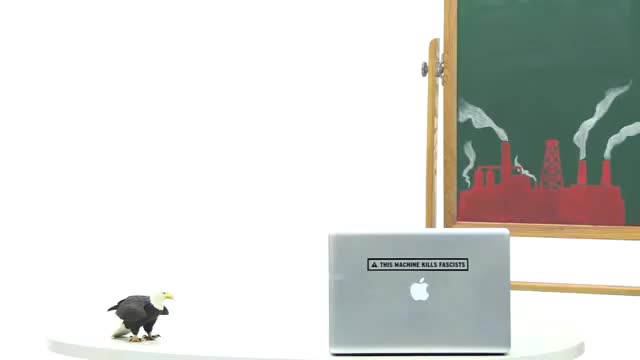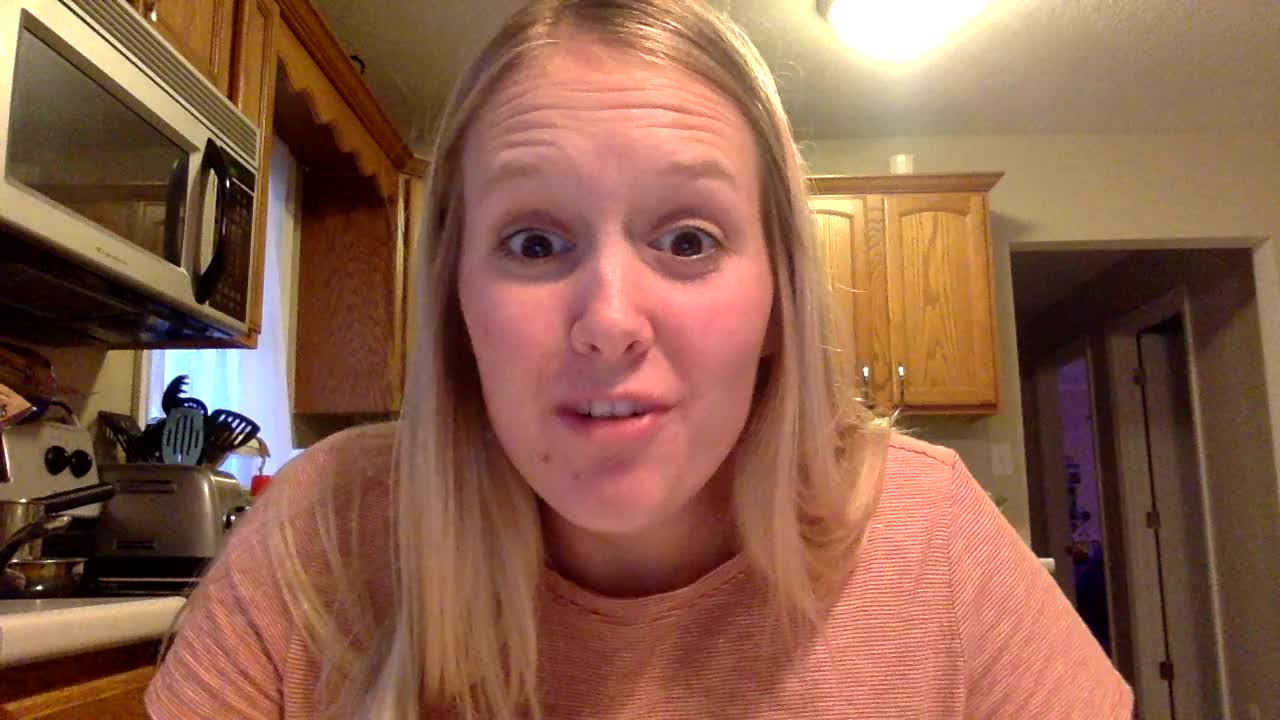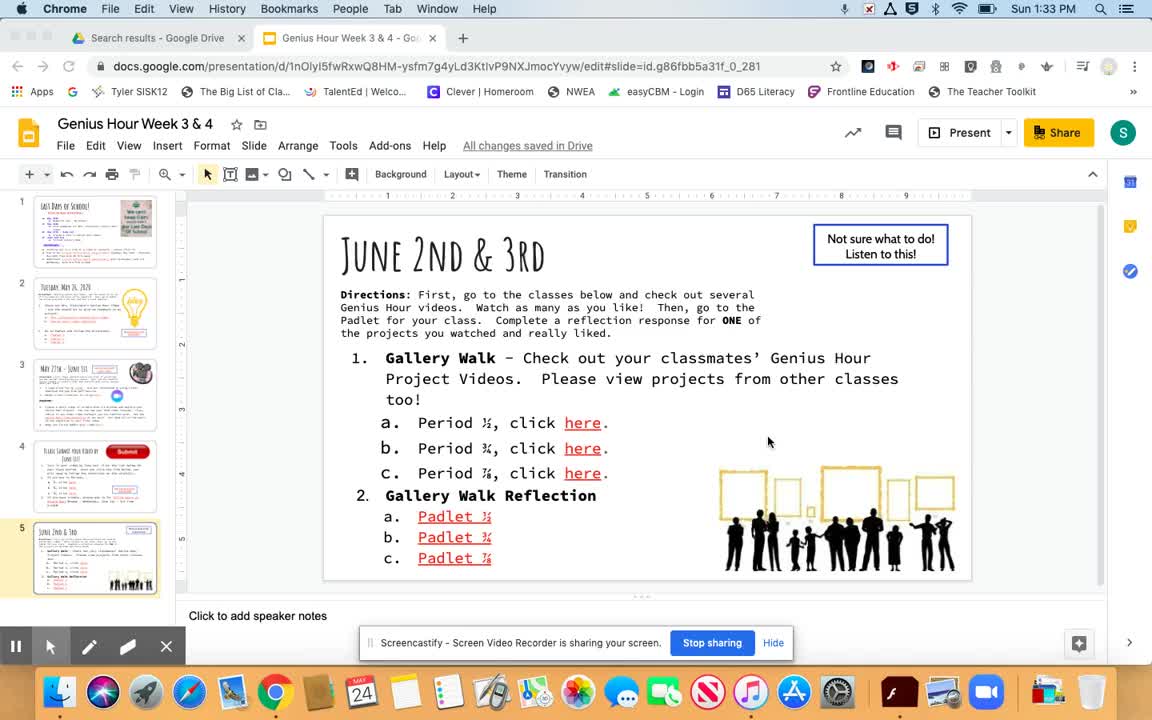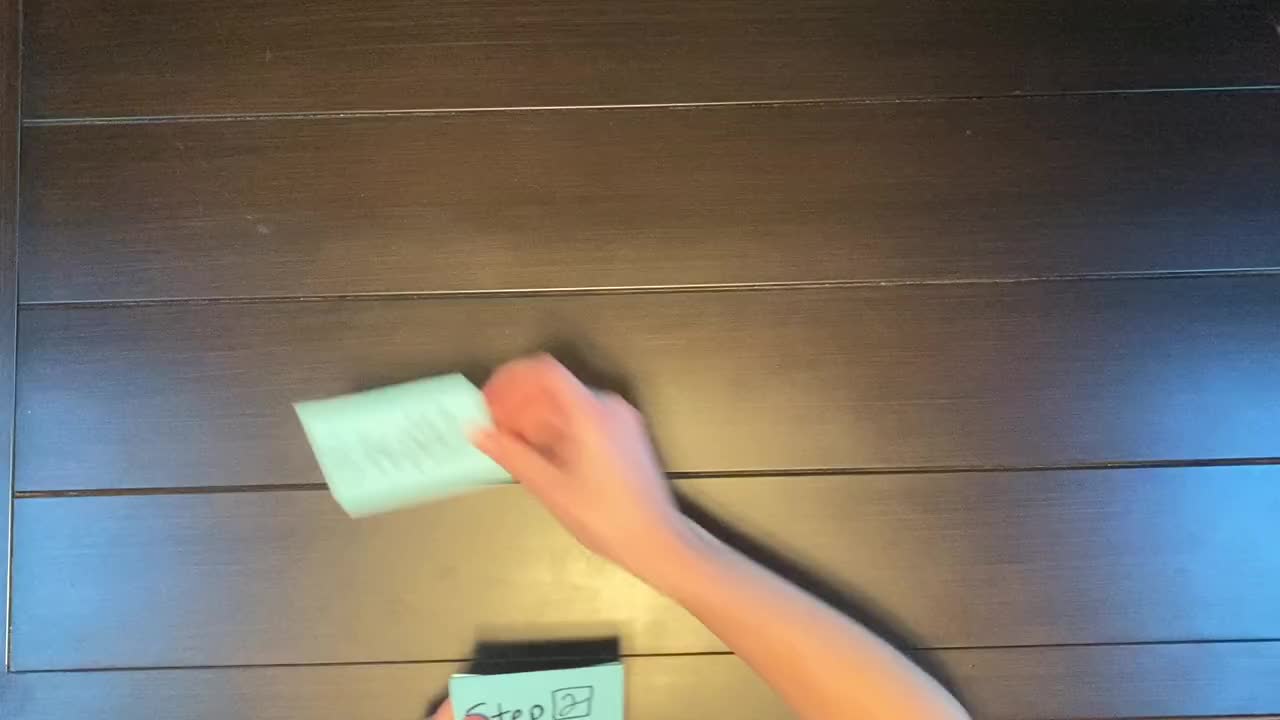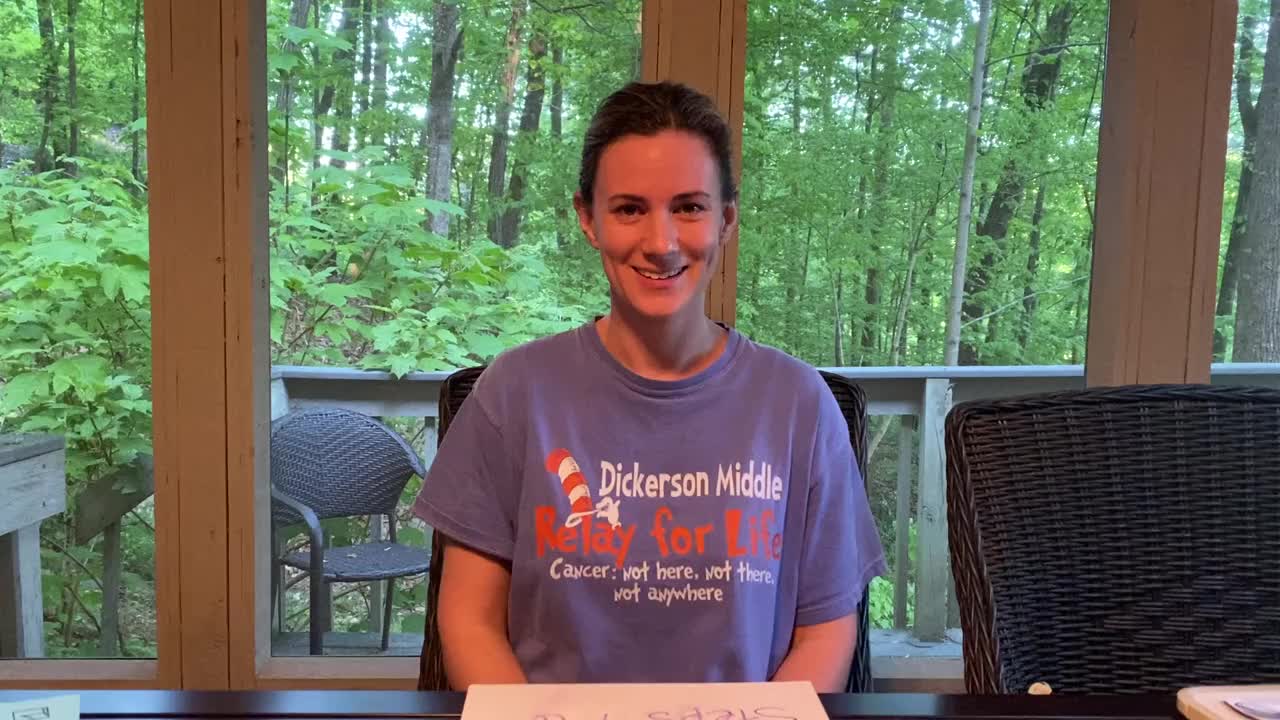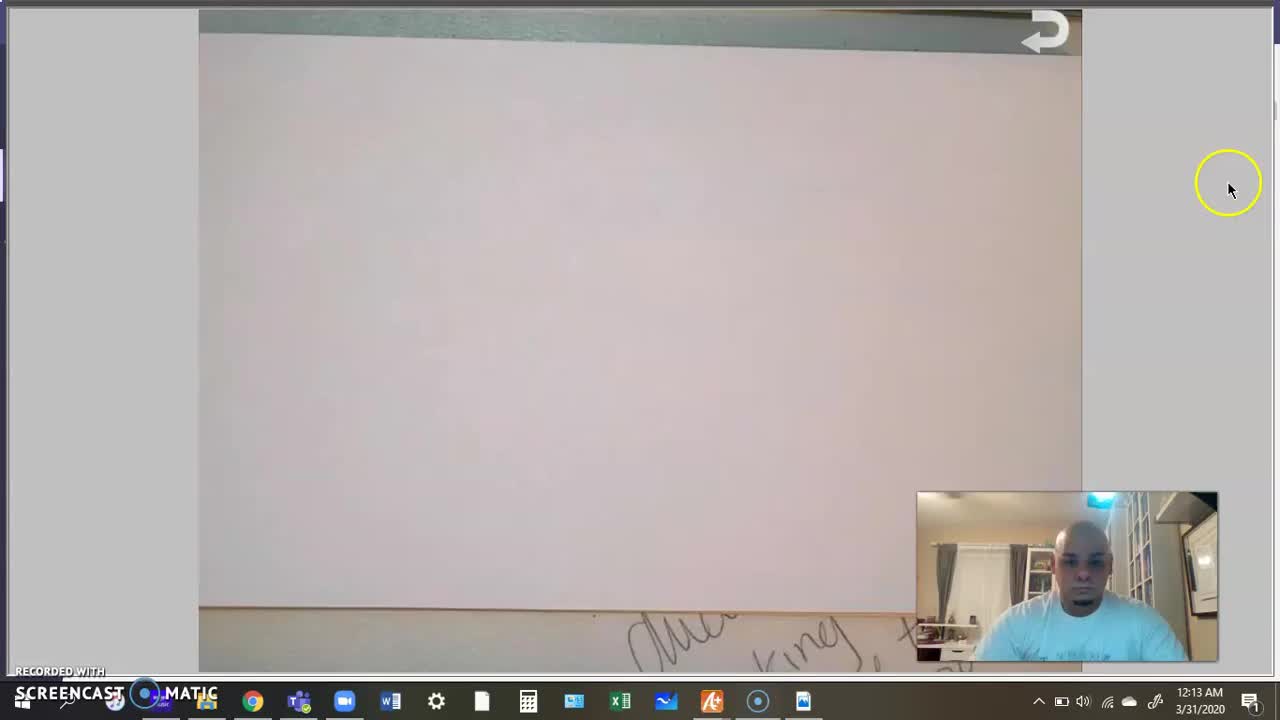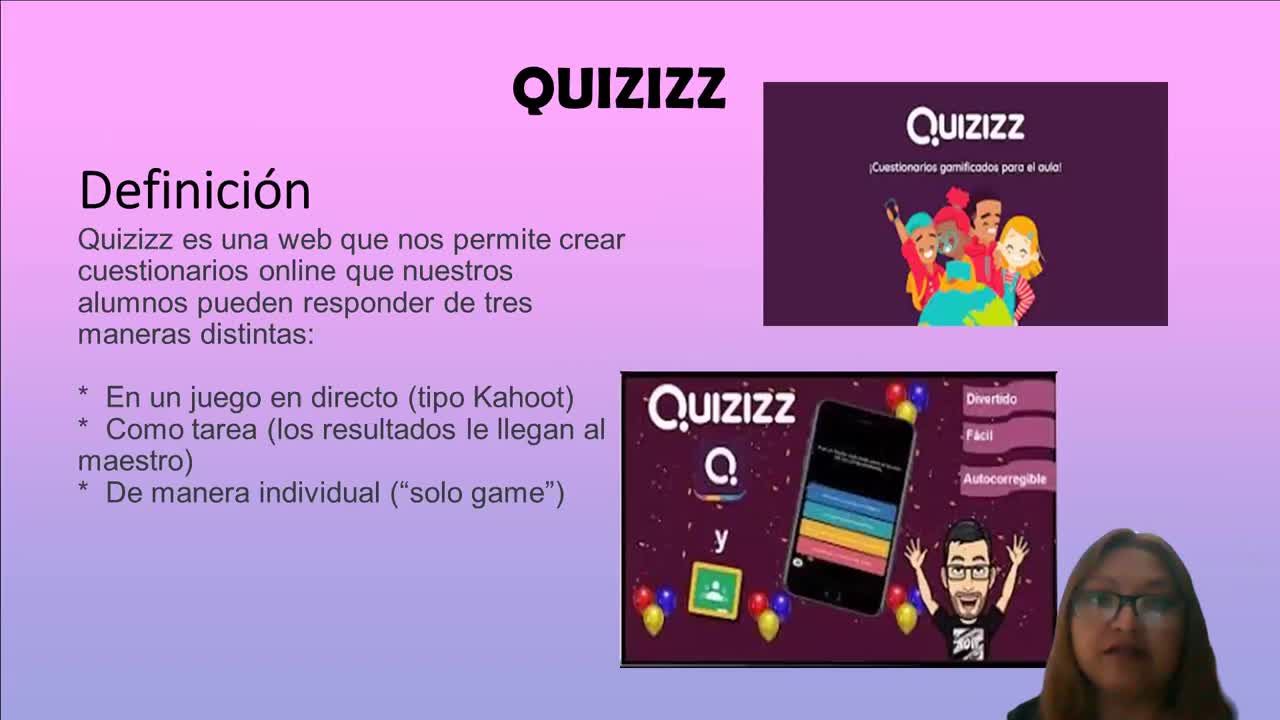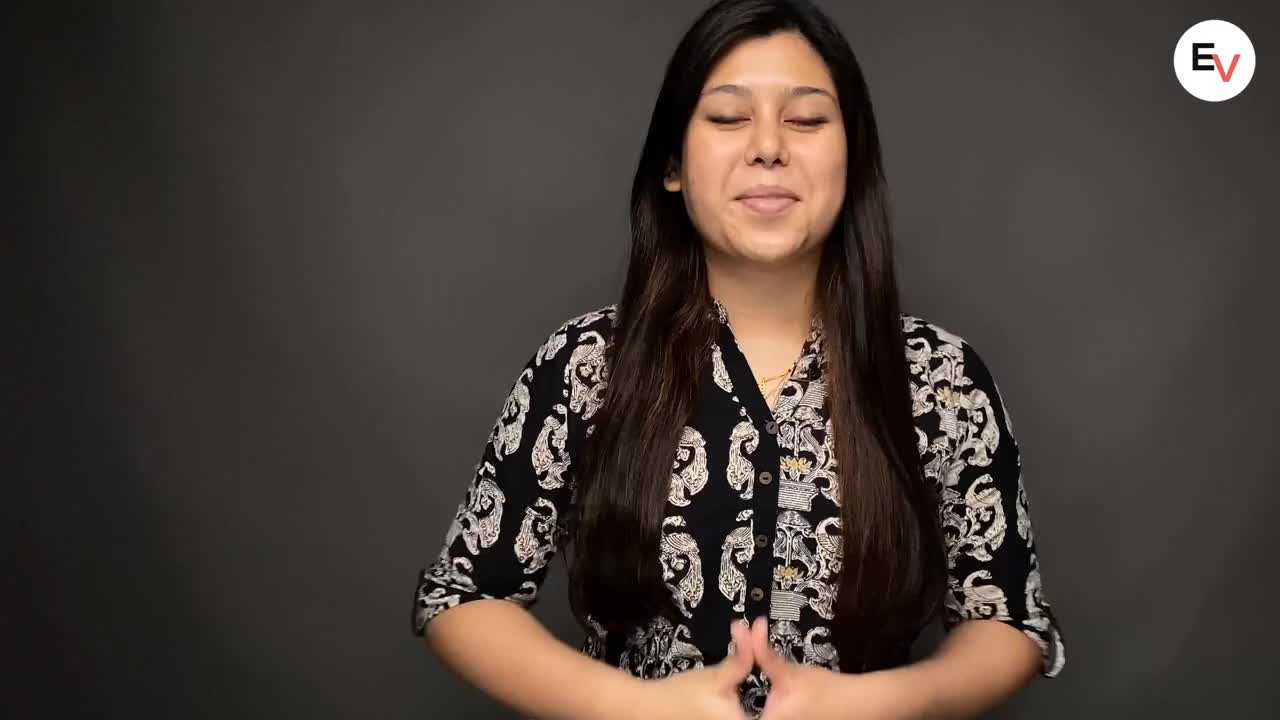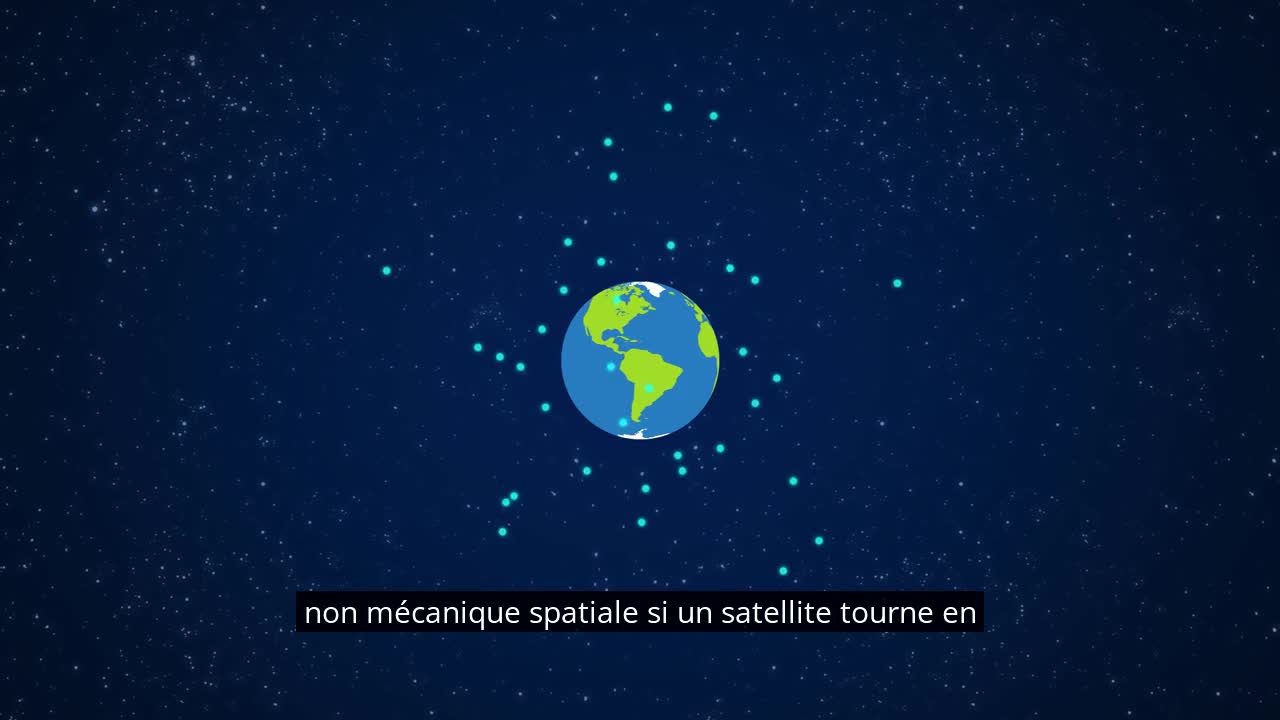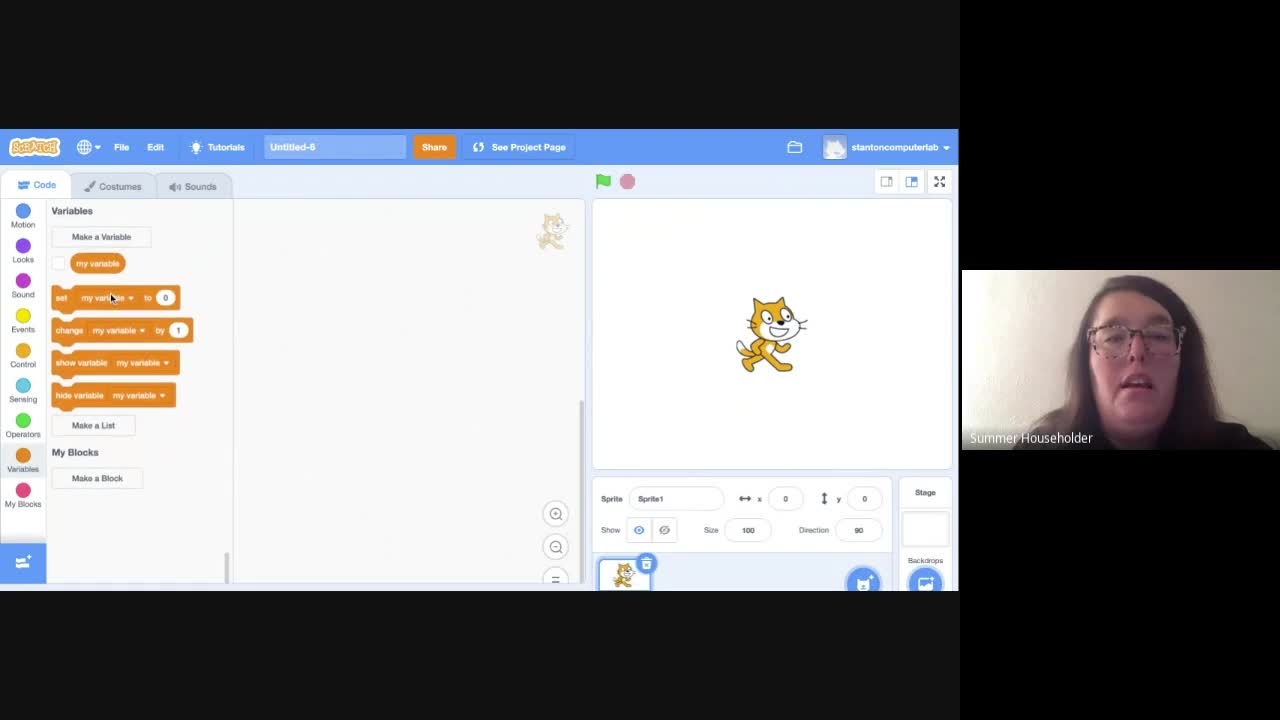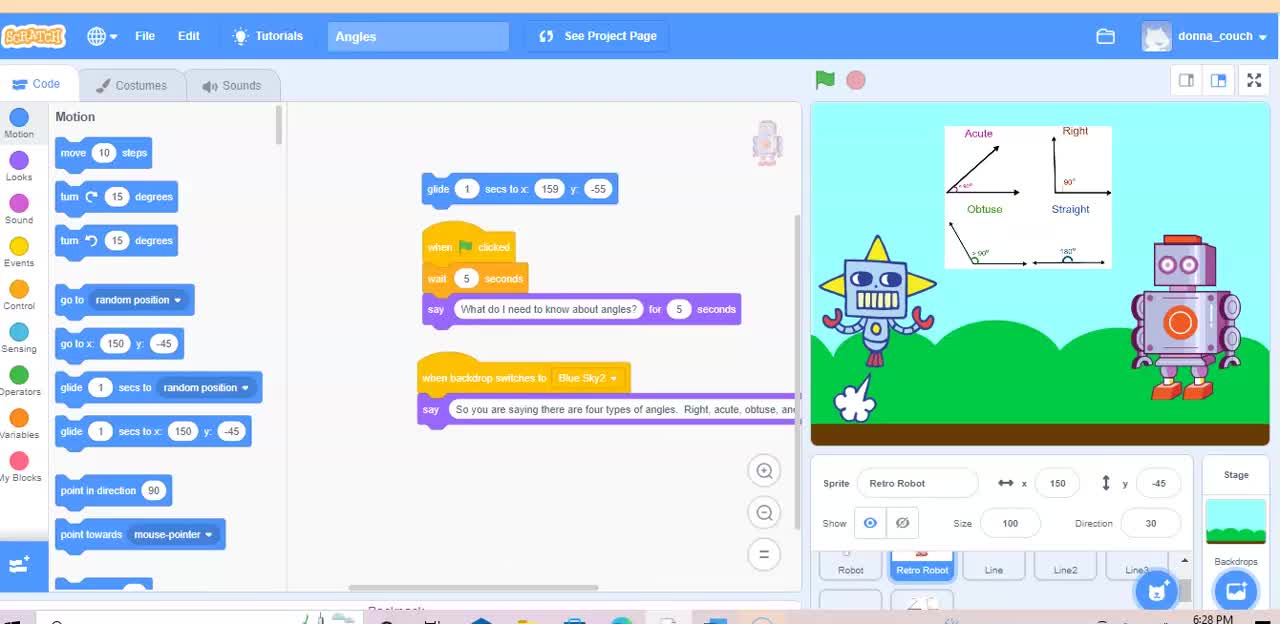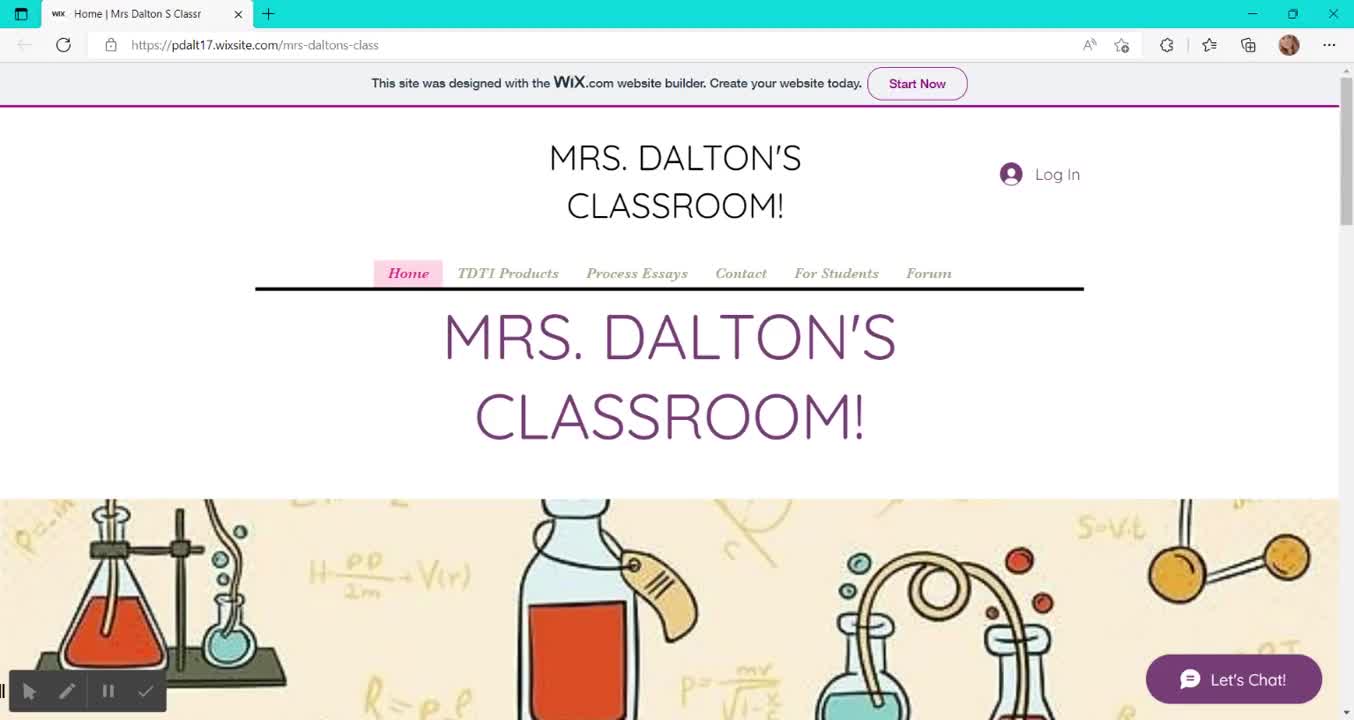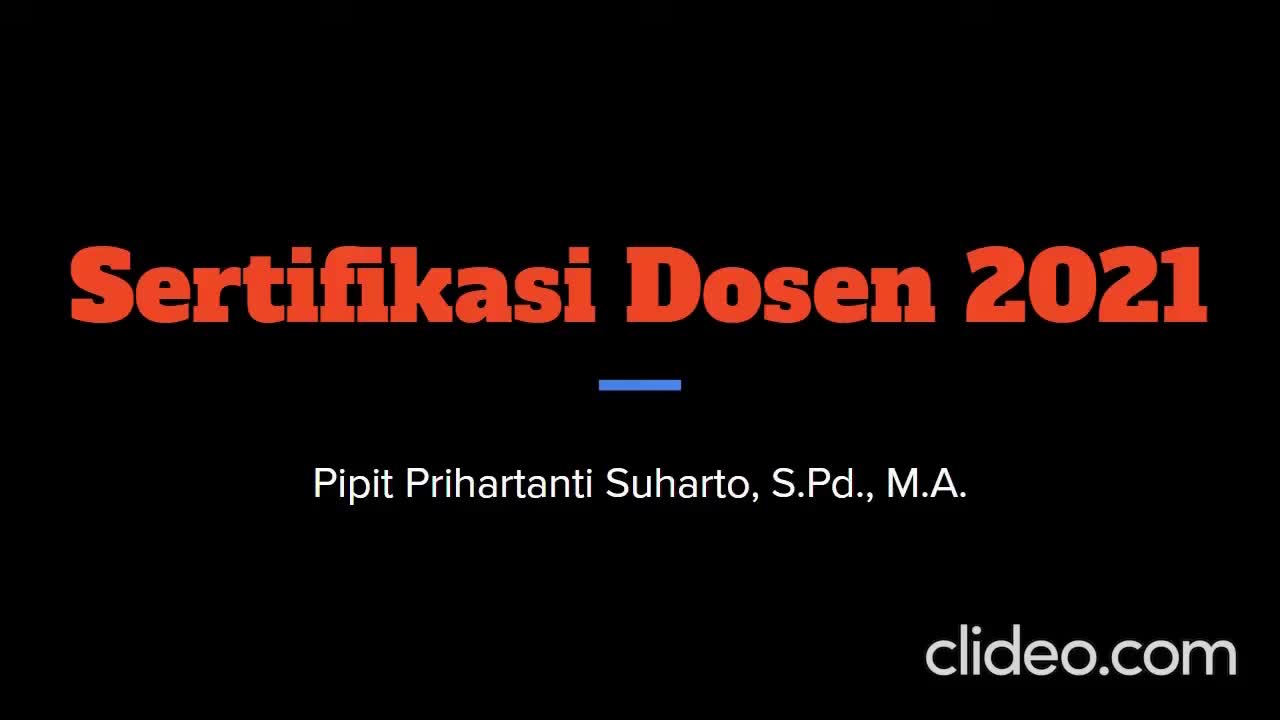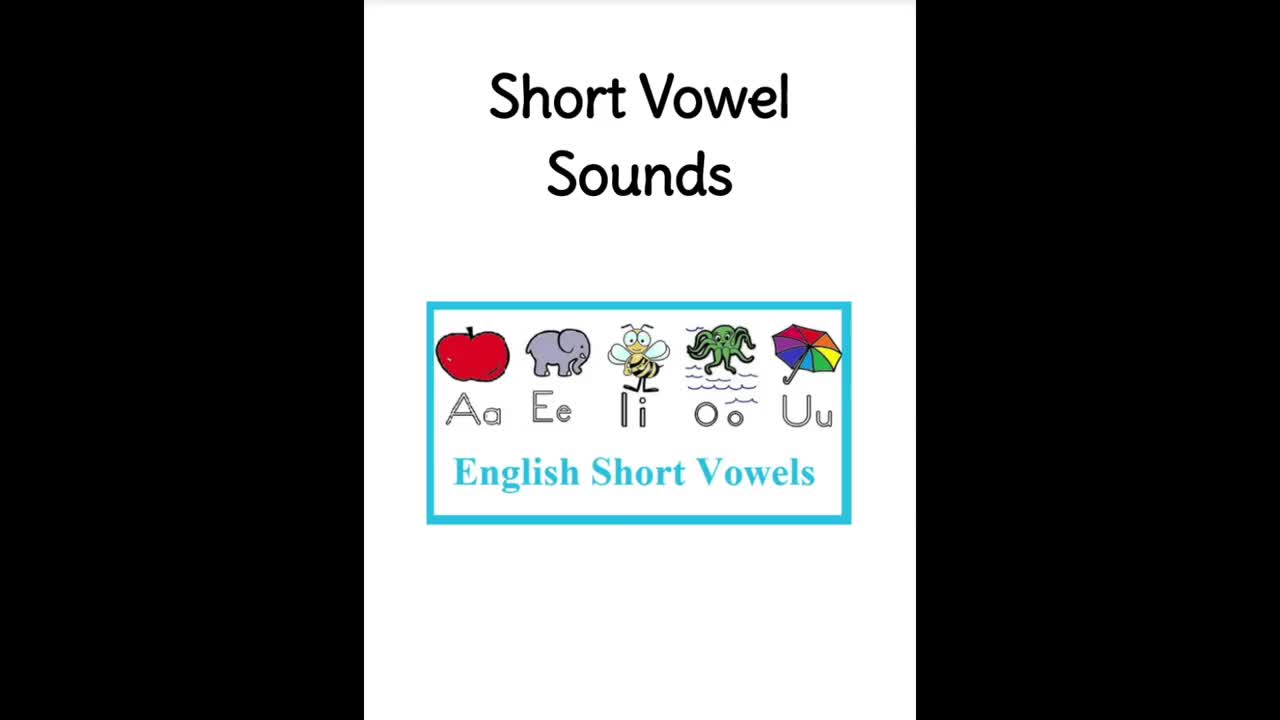The Criminal Trial Process
College and University / Career and Technical Education (CATE) / Law
Criminal Trial Process
The Florida Joint Center for Citizenship presents Trial Processes and Juries Video 1: The Criminal Trial Process.
Oftentimes, we see a courtroom on television or in a video. We hear the bang of a gavel, ?dunt dunt,? and a judge or a member of the jury say that a person is guilty or not guilty. Have you ever wondered how a judge or the jury reaches this decision?
In this video we?re gonna learn about the criminal trial process. But be sure to watch the videos on the civil trial process, the appellate process, and juries in this module on three sixty.
After watching this video, you will be able to explain the steps of a criminal trial. Be sure to watch the other videos for two point six in this module to be able to explain the steps of civil trial, compare the processes of a criminal or civil trial to the appellate process, and understand the importance of juries.
Let?s begin with the trial process. Let?s start with the criminal trial. Criminal law is a law that deals with crimes and punishment for those crimes. When the police make an arrest, the person arrested is called the suspect. During the arrest the suspect is informed of their rights and will likely be charged with a crime. These rights are called Miranda Rights as established in Miranda v. Arizona U.S. Supreme Court case 1966. The Miranda case affirmed that persons being arrested have the right to be informed of their rights upon their arrest. Check out the video on Landmark Supreme Court Civil Liberties Cases to learn more about this particular case.
The suspect then goes to court to hear the charges against them. At this time, suspect are asked to enter a plea. This means they can plead if they?re not guilty, guilty, or no contest. No contest means the suspect does not disagree with charge but isn?t pleading guilty or not guilty.
Let?s check in. Try to answer the following in your own words. Summarize what happens from when a suspect is arrested to his or her first appearance in court.
From the time they are arrested to his or her first appearance in court the suspect is first informed of their rights, goes to court to hear the charges, enters a plea of not guilty, guilty, or not contest.
Let?s recap what we?ve learned so far. Criminal law deals with crime and punishment. Suspects are informed of their Miranda rights when they are arrested. And after an arrest, the suspect goes to court to hear the charges and enter a plea. When they?re making their plea, they can plead guilty, not guilty, or no contest.
So, what happens next? Let?s look now at the four steps of a criminal trial.
So, there are four steps that we?re gonna talk about for the criminal trial process. The first are the opening statements. This is when the prosecution which represents the government, and the defense which represent the suspect give the judge and the jury their side of the case. Step two, the witnesses give testimonies. After opening statements, the prosecution presents their case by calling witnesses to the stand to give testimony which are answers and statements that are given under oath. Once the prosecution presented their witness, defense has the opportunity to cross-examine or question the prosecution witness to see if they made a mistake or are lying. Once the prosecution presented all of their witnesses, the defense then has a turn to present their own. After the defense questions these witnesses under oath, the prosecution then can do their own cross-examination. In step three, we have what are known as the closing statements. After all of the witnesses have been questioned, the prosecution and the defense give their closing statements. A lawyer from each side summarizes the case from their side?s perspective and asks the jury to rule in their favor. Step four, is when the Jury deliberates. To deliberate means to think about something long and carefully. After closing statements, the jury leaves the courtroom to deliberate. They go to a secure room and discuss the evidence of the case. Once the jury reaches a unanimous decision, meaning they all agree, they announce the verdict or a jury decision to the judge. You might have heard how it goes. ?Has the Jury reached a verdict?? ?We have, your Honor. We the jury find the defendant?? Could be guilty, could be not guilty.
Let?s check in. In your own words, what are the purposes of the opening and closing statements?
The opening statement for each side tells the judge and jury a side of the case, and the closing statement summarizes the case from each perspective and asks the jury to rule in their favor.
Let?s recap what we?ve learned so far. Remember that criminal law deals with crime and punishment. And when they?re arrested suspects are informed of their rights that are known as Miranda rights. There are four steps to a criminal trial. These four steps are the opening statements, witnesses giving testimony, closing statements, and jury deliberation. And remember that the decision of the jury is known as a verdict. Now be sure to watch the video on juries to really understand their role in this system.
We?ve learned quite a bit about the criminal trial process in this video. We know that it seeks to ensure justice. And we started to learn some about juries. You can learn even more about the court system in the state and federal courts module on Civics360 in the legal system topic area. Now be sure to watch the videos on the civil trial process, the appellate process, and yes the jury system if you haven?t already.
This video is produced by the Florida Center of Citizenship at the Lou Frey Institute. Thanks for watching!
Oftentimes, we see a courtroom on television or in a video. We hear the bang of a gavel, ?dunt dunt,? and a judge or a member of the jury say that a person is guilty or not guilty. Have you ever wondered how a judge or the jury reaches this decision?
In this video we?re gonna learn about the criminal trial process. But be sure to watch the videos on the civil trial process, the appellate process, and juries in this module on three sixty.
After watching this video, you will be able to explain the steps of a criminal trial. Be sure to watch the other videos for two point six in this module to be able to explain the steps of civil trial, compare the processes of a criminal or civil trial to the appellate process, and understand the importance of juries.
Let?s begin with the trial process. Let?s start with the criminal trial. Criminal law is a law that deals with crimes and punishment for those crimes. When the police make an arrest, the person arrested is called the suspect. During the arrest the suspect is informed of their rights and will likely be charged with a crime. These rights are called Miranda Rights as established in Miranda v. Arizona U.S. Supreme Court case 1966. The Miranda case affirmed that persons being arrested have the right to be informed of their rights upon their arrest. Check out the video on Landmark Supreme Court Civil Liberties Cases to learn more about this particular case.
The suspect then goes to court to hear the charges against them. At this time, suspect are asked to enter a plea. This means they can plead if they?re not guilty, guilty, or no contest. No contest means the suspect does not disagree with charge but isn?t pleading guilty or not guilty.
Let?s check in. Try to answer the following in your own words. Summarize what happens from when a suspect is arrested to his or her first appearance in court.
From the time they are arrested to his or her first appearance in court the suspect is first informed of their rights, goes to court to hear the charges, enters a plea of not guilty, guilty, or not contest.
Let?s recap what we?ve learned so far. Criminal law deals with crime and punishment. Suspects are informed of their Miranda rights when they are arrested. And after an arrest, the suspect goes to court to hear the charges and enter a plea. When they?re making their plea, they can plead guilty, not guilty, or no contest.
So, what happens next? Let?s look now at the four steps of a criminal trial.
So, there are four steps that we?re gonna talk about for the criminal trial process. The first are the opening statements. This is when the prosecution which represents the government, and the defense which represent the suspect give the judge and the jury their side of the case. Step two, the witnesses give testimonies. After opening statements, the prosecution presents their case by calling witnesses to the stand to give testimony which are answers and statements that are given under oath. Once the prosecution presented their witness, defense has the opportunity to cross-examine or question the prosecution witness to see if they made a mistake or are lying. Once the prosecution presented all of their witnesses, the defense then has a turn to present their own. After the defense questions these witnesses under oath, the prosecution then can do their own cross-examination. In step three, we have what are known as the closing statements. After all of the witnesses have been questioned, the prosecution and the defense give their closing statements. A lawyer from each side summarizes the case from their side?s perspective and asks the jury to rule in their favor. Step four, is when the Jury deliberates. To deliberate means to think about something long and carefully. After closing statements, the jury leaves the courtroom to deliberate. They go to a secure room and discuss the evidence of the case. Once the jury reaches a unanimous decision, meaning they all agree, they announce the verdict or a jury decision to the judge. You might have heard how it goes. ?Has the Jury reached a verdict?? ?We have, your Honor. We the jury find the defendant?? Could be guilty, could be not guilty.
Let?s check in. In your own words, what are the purposes of the opening and closing statements?
The opening statement for each side tells the judge and jury a side of the case, and the closing statement summarizes the case from each perspective and asks the jury to rule in their favor.
Let?s recap what we?ve learned so far. Remember that criminal law deals with crime and punishment. And when they?re arrested suspects are informed of their rights that are known as Miranda rights. There are four steps to a criminal trial. These four steps are the opening statements, witnesses giving testimony, closing statements, and jury deliberation. And remember that the decision of the jury is known as a verdict. Now be sure to watch the video on juries to really understand their role in this system.
We?ve learned quite a bit about the criminal trial process in this video. We know that it seeks to ensure justice. And we started to learn some about juries. You can learn even more about the court system in the state and federal courts module on Civics360 in the legal system topic area. Now be sure to watch the videos on the civil trial process, the appellate process, and yes the jury system if you haven?t already.
This video is produced by the Florida Center of Citizenship at the Lou Frey Institute. Thanks for watching!
